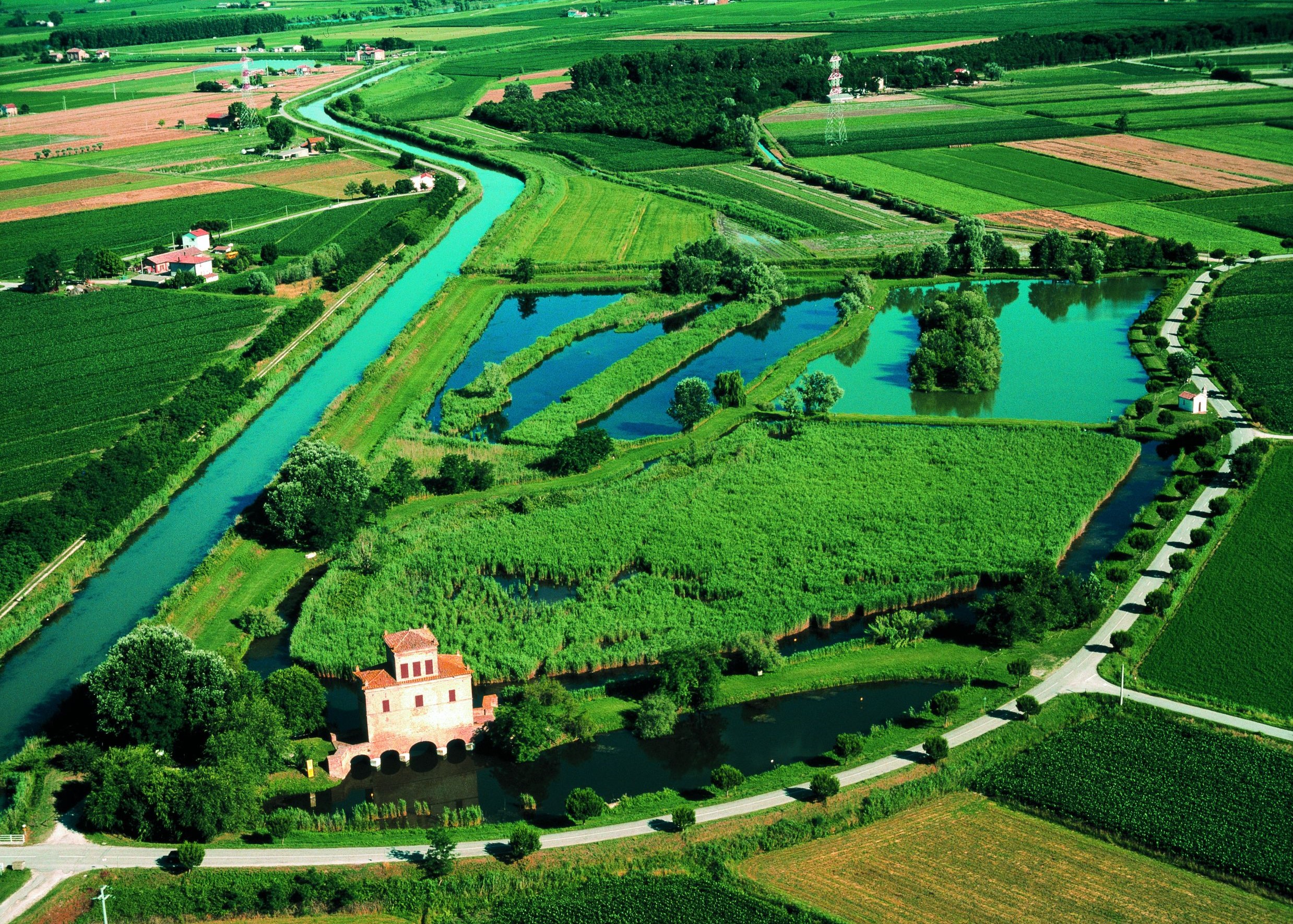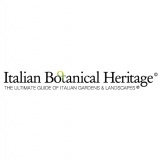
 Italian Botanical Heritage
Italian Botanical Heritage
Italian gardens and parks: Bosco della Mesola
- WTI Magazine #138 Apr 17, 2021
-

 Italian Botanical Heritage
Italian Botanical Heritage
“Gran Bosco della Mesola” National Reserve is located in the province of Ferrara, Emilia Romagna, and it represents on of the last and best conserved ancient lowland woods, which were typical of the Po valley and a memory of the forests on the Adriatic coast, which disappeared in the last century.
It has a surface of 1,058 hectares and it is the widest forest-area of the ferrarese territory. The soil has alluvial origins and presents an irregular surface, caused by the presence of ancient dunes, which are still recognisable and form areas with water stagnations and swamp vegetation.
Once the forest hosted numerous varieties of birds from wet areas, since it was surrounded by swamps; the drastic fauna reduction, caused by draining processes, has been stopped thanks to the creation of a wet area inside the forest, which is called Elciola and it is generally closed to the public, where herons and anatids find shelter.
As a matter of fact, the reserve is not completely open, but the authorised paths allow visitors to see deers and fallow deers. The access is possible both on foot and by bike. There is also an educational path for the blind of about 500 meters, which is equipped with banisters and tables written in Braille alphabet to discover the various vegetal and animal species.
Flora and fauna
“Bosco della Mesola” is composed of three areas: a coastal, an interior and a wood one. Halophytic and psammophilous species like Cakile maritima, Agropyron junceum, Ammophila littoralis and Juniperus communis are present in the first area.
The vegetation is composed of typical coastal and Mediterranean shrubs like broom trees and holm oaks, but there are also tall trees such as domestic pines, willow trees, poplars and oaks. In the second area, it is possible to find typical coastal and Mediterranean shrubs like broom trees and tall trees such as Pinus pinea, willow trees, poplars and Quercus ilex, which is located in the northern area of the forest. In the third one, there are mainly Quercus robur, Fraxinus ornus and Ulmus minor.
Among mammals, there is a nucleus of 600 specimens of Dama dama and another with about a hundred Cervus elaphus, the last specimens of the typical deer species of the Po valley. There are also badgers (Meles meles), skunks (Mustela putorius), hedgehogs (Erinaceus europaeus) and voles (Arvicola terrestris). There are numerous birds like Turdus merula, Sylvia atricapilla, Parus major, Strix aluco; reptiles such as Vipera aspis, Coluber virdiflavus, Testudo hermanni and Emys orbicularis, and amphibious species, for example Pelobates fuscus, they have been discovered recently and there is only one population in the Southern area of the Po river.